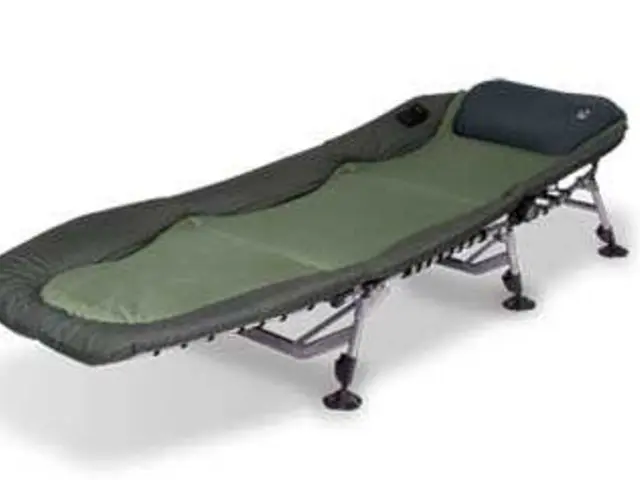Best Face Masks for COVID-19 Variants: Premier Picks
In the ongoing battle against COVID-19, masks have become a crucial tool in protecting individuals and communities. The effectiveness of masks in reducing the spread of the virus varies significantly, with some offering superior protection compared to others.
N95, KN95, and KF94 masks are designed to filter at least 95% of airborne particles, including very small aerosolized viruses, making them the most effective masks for reducing COVID-19 transmission. The CDC recommends N95 and KN95 masks for their filtration efficiency of at least 95% of airborne particles. KF94 masks are similar in performance to N95 respirators and provide a comparable level of protection.
Surgical masks, on the other hand, reduce infection risk by about 85% to 90% according to modeling studies. They primarily block large respiratory droplets but are less effective than respirators at filtering smaller aerosols.
Cloth masks have the lowest effectiveness, with filtration rates reported as low as 8.9% in some studies, mainly for single-layer cotton designs. They may offer some reduction in respiratory droplet spread but are substantially less effective than surgical masks or respirators.
Models show that respirators (N95, KN95, KF94) reduce infection risk more substantially (95% to 97.5% reduction) than surgical masks (85%-90%), largely due to better filtration of cough aerosols and smaller particles.
| Mask Type | Filtration Efficiency | Effectiveness against COVID-19 spread | |--------------------|-----------------------|--------------------------------------------| | N95, KN95, KF94 | ≥95% of airborne particles | Highest; significantly reduces infection risk (95-97.5%) | | Surgical Mask | ~85-90% (large droplets) | Moderate; reduces infection risk substantially but less than respirators | | Cloth Mask | ~8.9% (varies widely) | Lowest; minimal filtration, better than no mask but much less effective |
Higher adherence and proper mask use improve overall outcomes, reinforcing the recommendation to prioritize respirators over cloth or surgical masks, especially in high-risk settings.
According to current guidance from the CDC, a person should wear each N95 or KN95 mask no more than once. Wearing them for longer may reduce their effectiveness against COVID-19. There is no guidance about how long a person can continuously wear a KN95 mask. A person should dispose of their mask after or earlier if it becomes damaged.
The Hygenix Disposable Face Masks and the Hygenix 3-ply disposable face masks are best for surgical masks, with each mask having three layers of non-woven polypropylene. The Kimberly Clark N95 Pouch Respirator, Powecom KN95, Kyungin Flax KF94, Vida KF94, and Wellbefore KN95 Kids Mask are all disposable masks with four layers. The Vida KF94 is best for a recyclable mask, while the Wellbefore KN95 Kids Mask is best for children.
However, it is important to be aware of counterfeit masks. These may lack necessary markings, NIOSH markings, approval numbers, have decorative fabrics or pieces, claim suitability for children, and have ear loops instead of headbands. The CDC provides a database of counterfeit masks to help avoid these.
Lastly, if a person has any symptoms of COVID-19, they should get tested. Symptoms include fever, new continuous cough, a change in the sense of taste or smell, fatigue, sore throat, headache, muscle aches and pains. People should also test if they have had close contact with anyone diagnosed with COVID-19. Some people may need to test more frequently, depending on employer or travel requirements.
Science has shown that N95, KN95, and KF94 masks, which filter at least 95% of airborne particles, offer the highest level of protection against COVID-19, reducing infection risk substantially (95% to 97.5%). Surgical masks, on the other hand, reduce infection risk by about 85% to 90%, primarily blocking large respiratory droplets but less effective at filtering smaller aerosols compared to respirators. Mental health and overall well-being are important during these challenging times, and it's crucial to remember that maintaining good health-and-wellness practices, such as wearing recommended masks, practicing social distancing, and washing hands frequently, can contribute to both physical and mental well-being.




